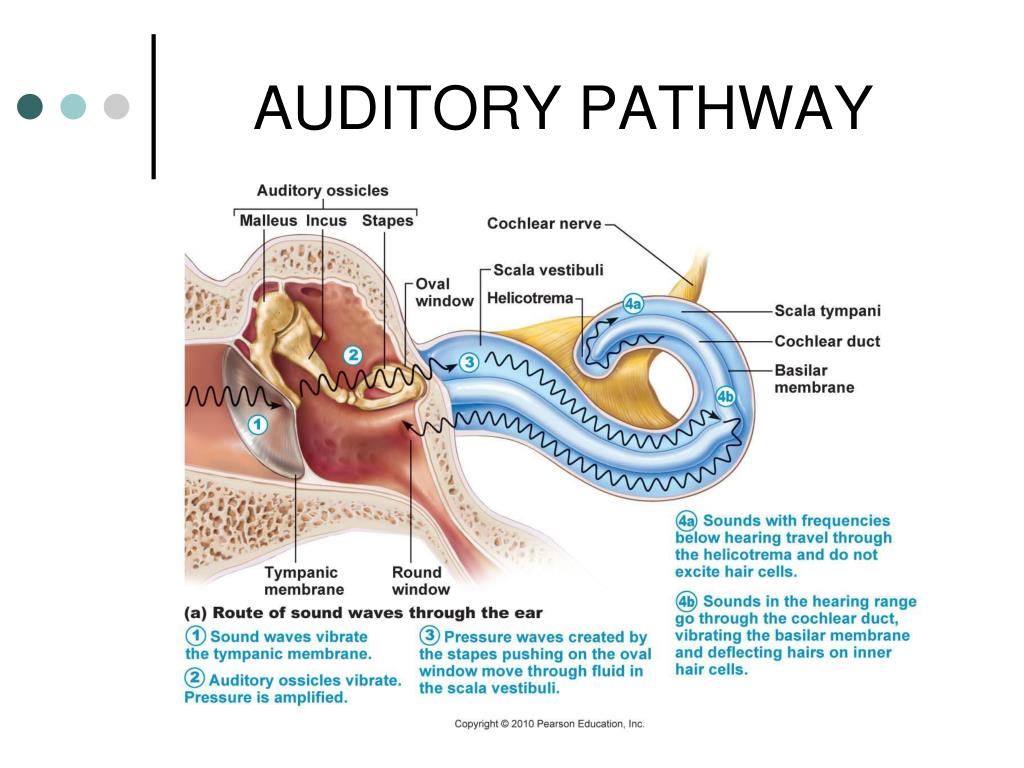

Developmental issues affecting the neurological organization can adversely affect the ability of the brain to process and interpret sound and language.

“Developmental issues” as a category includes problems such as learning disabilities, ADD, ADHD, and dyslexia. This will affect function in some significant developmental areas and thus create developmental issues. Any child who has not received the necessary stimulation and opportunities that permit the brain to organize appropriately will remain neurologically disorganized. This in turn negatively impacts neurological organization. This organization, or lack of such, affects all aspects of brain function, including the ability of the brain to process and interpret sound and language.ĭevelopmental issues-Developmental issues, such as Down syndrome, brain injuries, and autism, to name just a few, impact the brain’s ability to receive and process input to differing and varying degrees. The more appropriate and specific the input, the more efficiently the brain/child functions, and the better the neurological organization. All infants begin life with very disorganized brains, which develop and become organized as a reflection of the input and specific stimulation that the brain receives. As stated by the terms, the brain is organized or disorganized by degrees. Neurological organization-The organization of the brain determines the efficiency with which the brain carries out its operations. The analogy used was that it is ear-equivalent to a “lazy eye.” Short-term hearing loss, such as from an ear infection, causes a “weakening” in how the brain learned to process sound. Hearing-After a number of studies which scientists claimed showed no correlation between ear infections and delayed language development, recent studies have finally confirmed what we have observed all along: the reduction in hearing that is associated with chronic ear fluid or middle ear infections affects how the auditory cortex (that is, the brain) develops.

Language processing-processing the meaning of verbal input.Auditory figure-ground processing-ability to attend to and process an auditory stimulus in the presence of background sound.Auditory sensitivity-perception of sound loudness hypo-sensitive individuals have a reduced response to sound in their environment, even when hearing is “normal.” Hypersensitive individuals over-respond to “normal” sounds, often perceiving typical environmental sounds as bothersome or too loud.Auditory memory-ability to store and recall auditory information.Auditory tonal processing-the correct processing of sounds or tones related somewhat to auditory discrimination, but takes it a step further has a significant impact on language processing.Auditory sequential processing-how many pieces of information one can listen to (receive), store, recall, and utilize.Auditory discrimination-the ability to distinguish between different sounds or words.Auditory attention-being able to “tune in” to auditory input.Also listed are additional functions that are closely tied to auditory processing. Below we list and define aspects of auditory processing that we have found to be relevant to the children with whom we work. It has a number of different aspects, listed and enumerated differently by different authors. Auditory processing, simply defined, is what happens along this pathway and what the brain does with the auditory signal from the ears. If this system is intact and functioning well, then your hearing should test normal.īut what happens when the signal leaves the inner ear? Basically it travels along the auditory nerve, through the brainstem, and eventually reaches the brain. Traditional hearing tests (audiograms) and tympanograms assess the integrity of this system. “Auditory processing”-We are hearing this term be referenced more and more, and an increasing number of children are being identified as having an ” auditory processing disorder.” But what does it actually mean? How can you have normal hearing and have an auditory processing disorder?įirst, let’s define “hearing.” The “peripheral hearing mechanism,” as it is referred to, includes the outer ear-where sound waves are collected, the middle ear-where sound is converted to mechanical energy, and the inner ear-containing the cochlea. By Lori Riggs MA, CCC/SLP Director, Center for Speech and Sound


 0 kommentar(er)
0 kommentar(er)
